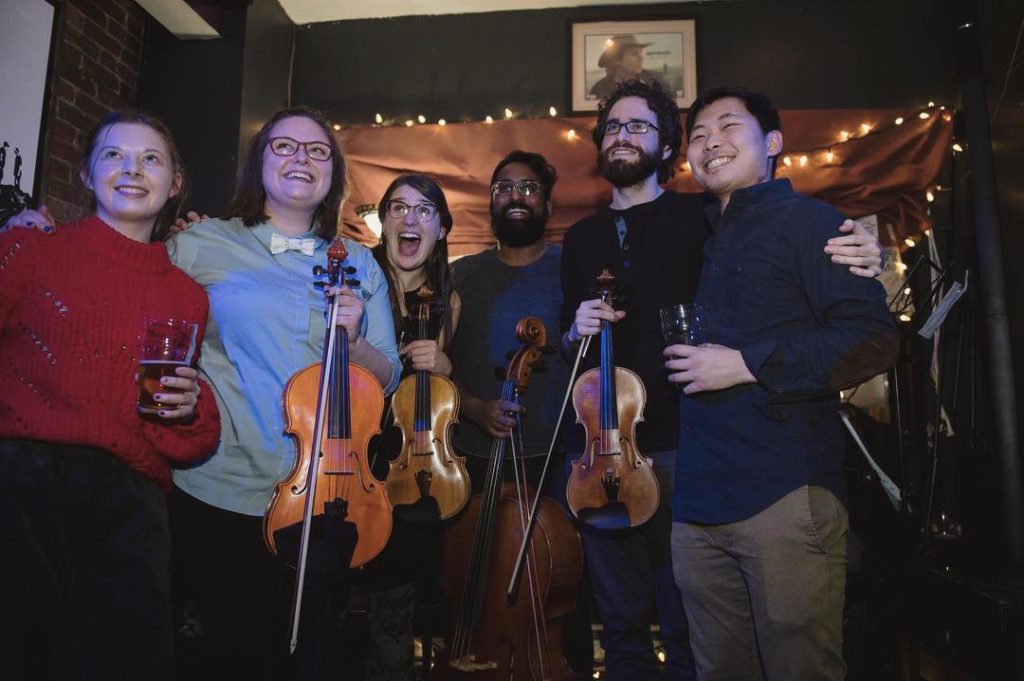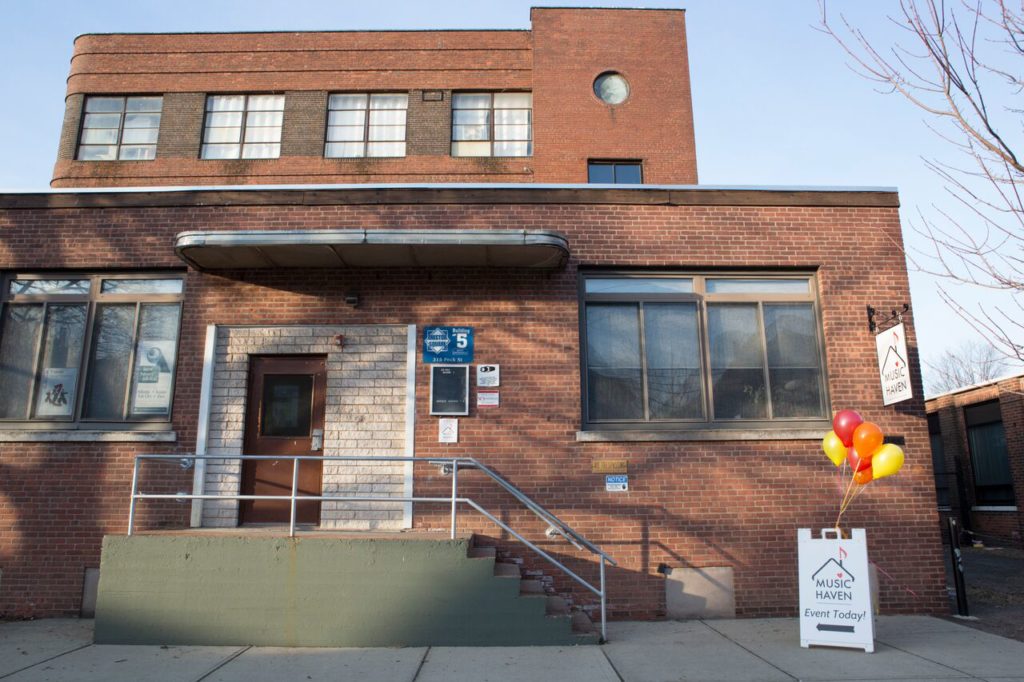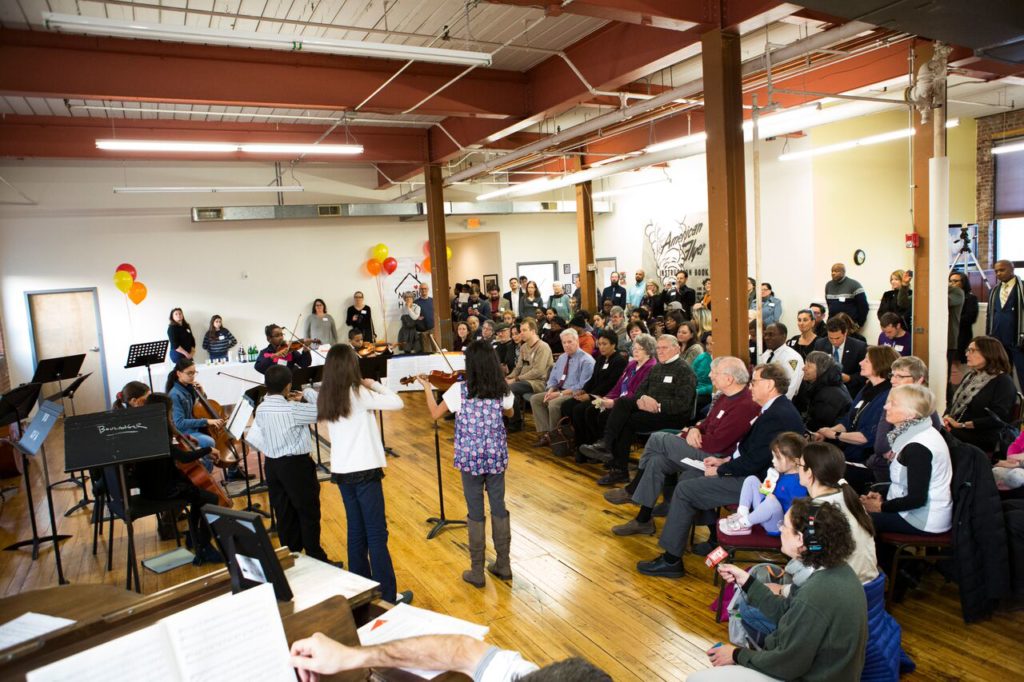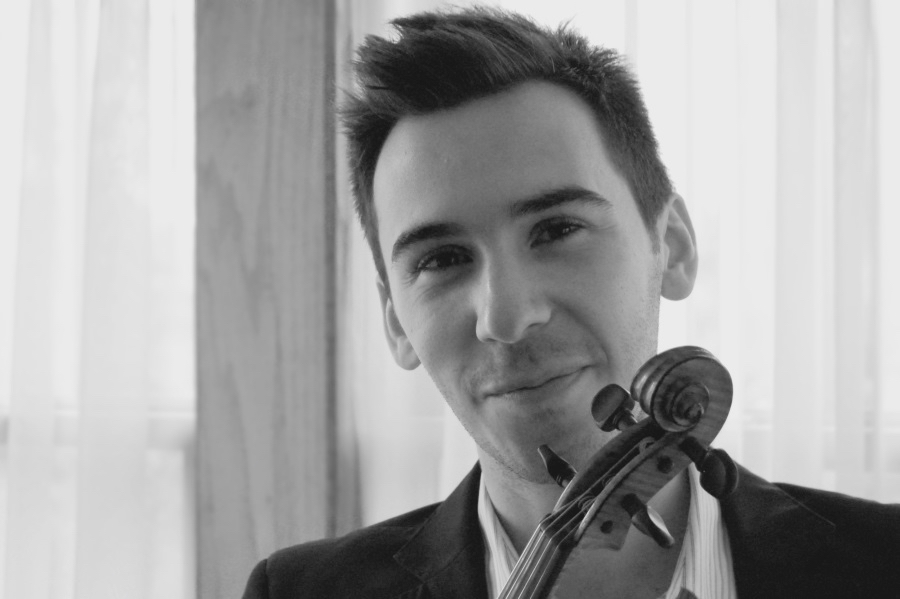Tucked between the Connecticut and Merrimack rivers in south-eastern New England lies the little town of Henniker, New Hampshire. Aside from being the birthplace of Red Sox legend Ted Williams, Henniker also lays claim as the birthplace of one of the most important figures in American classical music, Amy Marcy Cheney Beach.
Associate Director / Senior Resident Musician





















